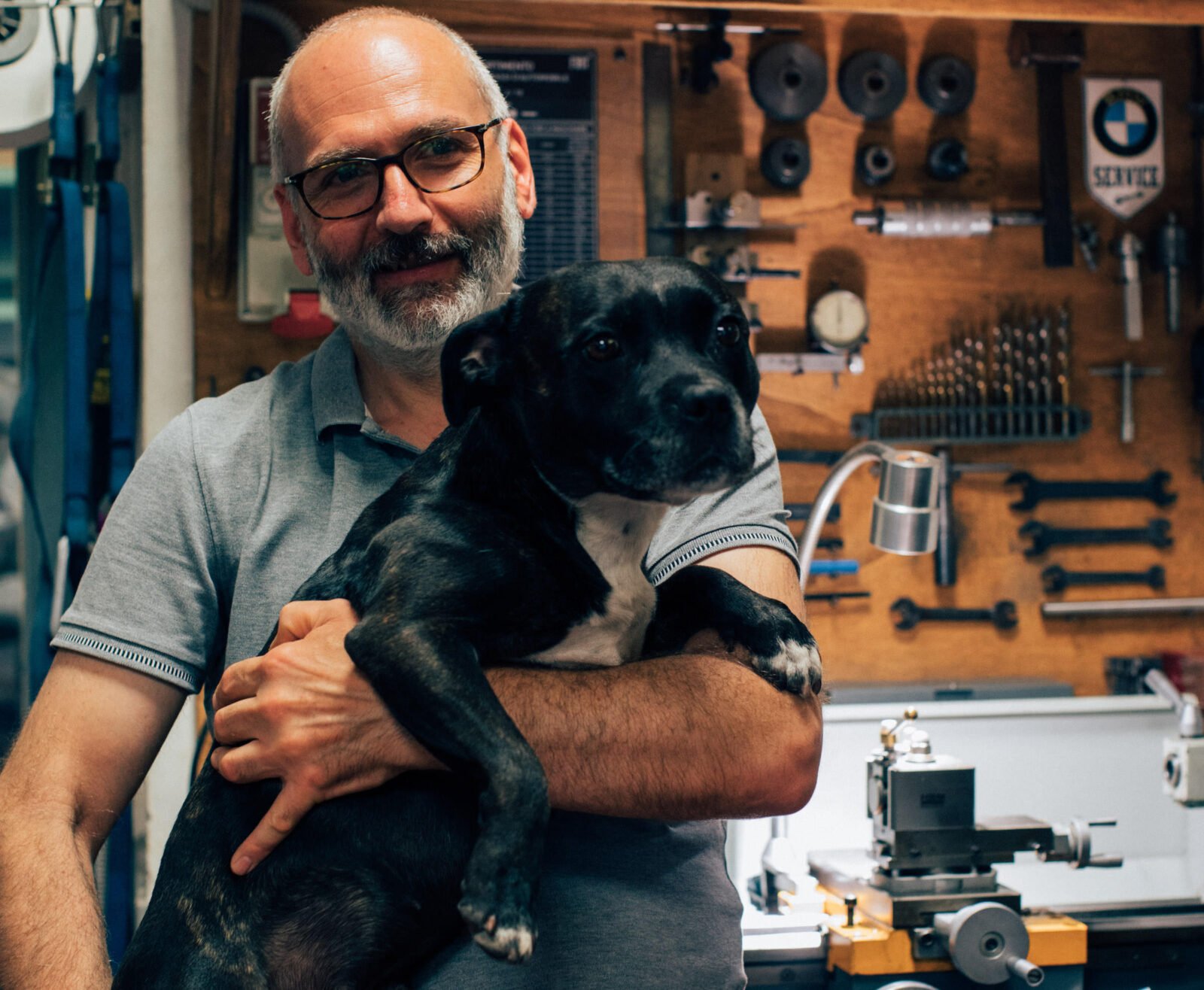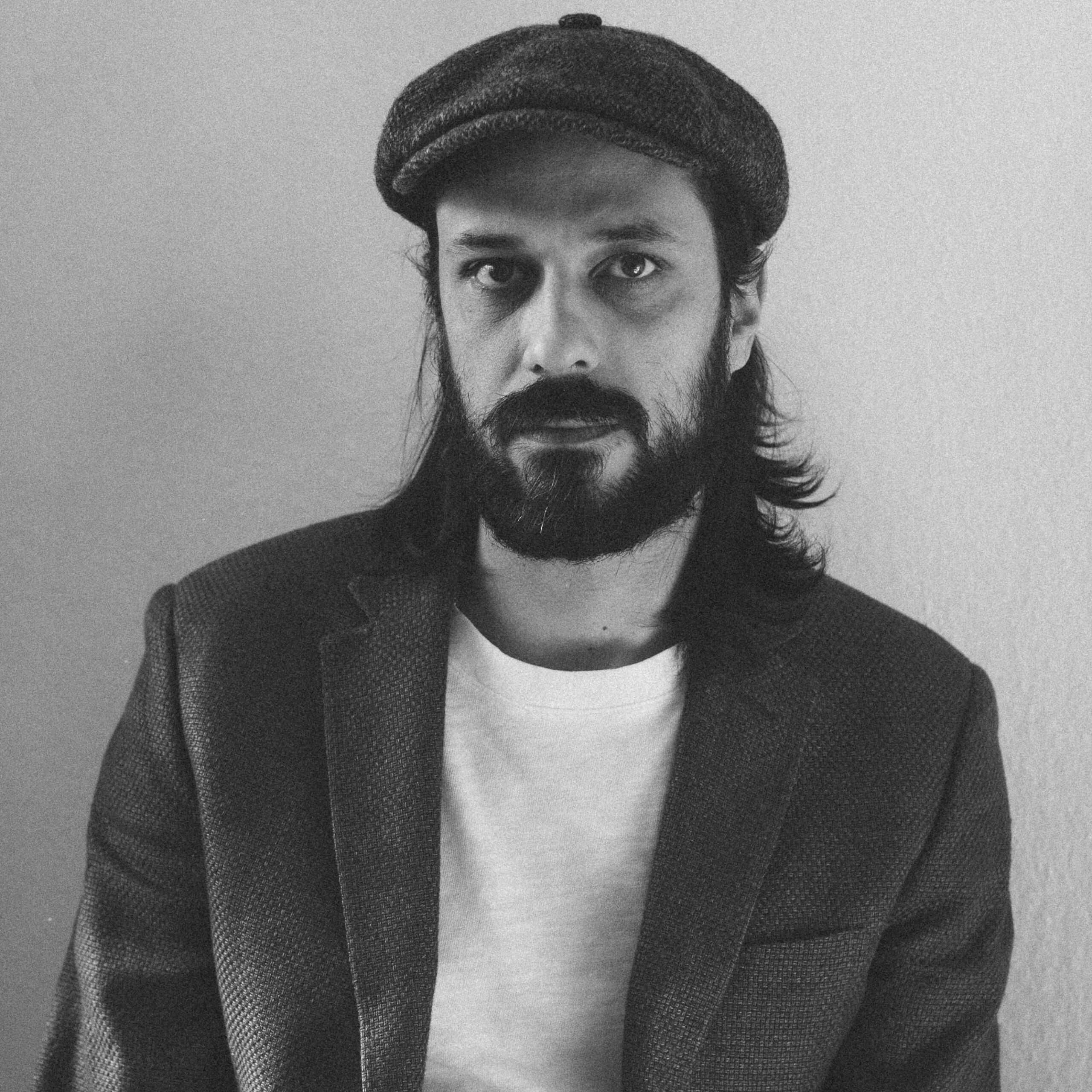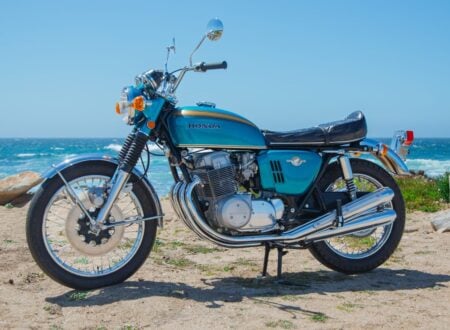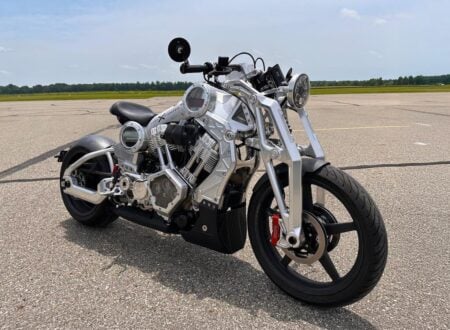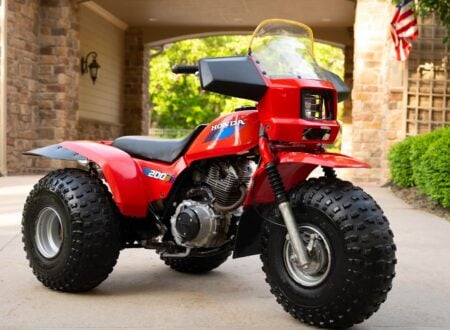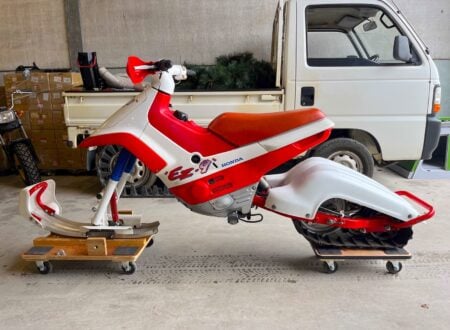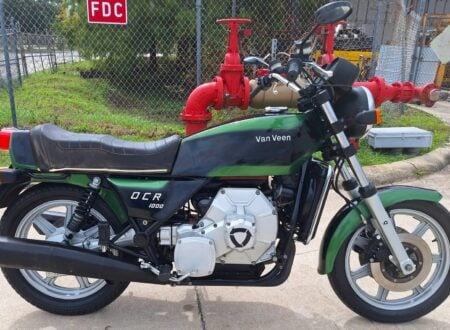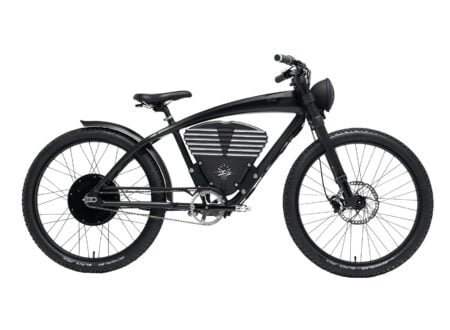This story was written by Alessio Monteleone, an Italian writer and photographer who currently lives in Copenhagen, Denmark.
Eugenio’s workshop has a small window in a secondary street, not far from Porta Venezia in Milan.
Motomaggioni has been in business since 1929, the workshop passed on from Eugenio’s grandad to his dad, and then to him, together with an amazing motorcycle knowledge learnt by practicing, riding, fixing, and a lot of passion.
The reasons that moved me to get to know Eugenio are the honest authenticity trespassing through his stories, and the outstanding value of the work he carries out daily, which I believe should be preserved.
When I contacted Eugenio for the first time a few months ago, he seemed very kind and open to listen to my project. When I finally met him in person all the expectations and feelings were confirmed.
His workshop is warm, painted in ochre for its lower part, and divided in two rooms, the front one, where he keeps the bikes parked waiting for maintenance or ready to be picked up, and the back one, where the dirty work happens. To keep Eugenio company, beside the bikes, his beloved Staffy never leaves him alone.
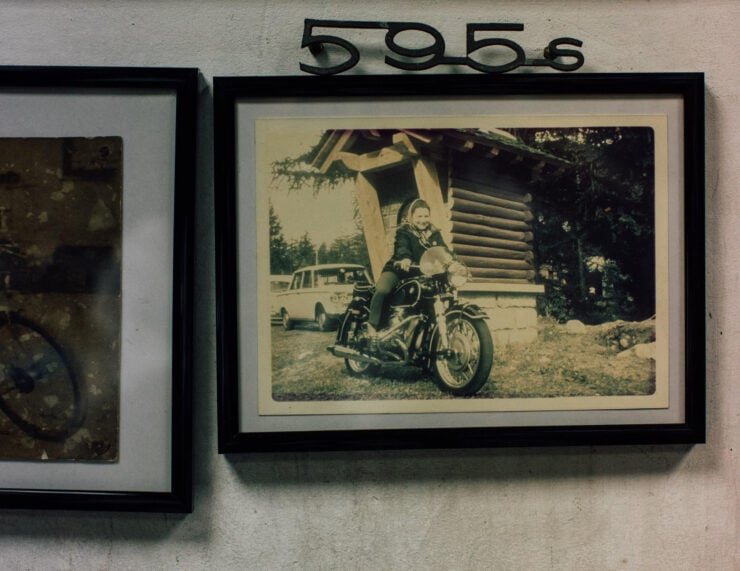
We started talking about vintage and vintage bikes: the meaning of it, the different approaches to get to it, and why recently it is becoming a trend.
We’ve highlighted three main different branches (relating to the Italian scene and the Italian attitude):
The Passionate Approach: someone who is aware of the history, someone who studied and keeps doing research, who knows what he wants and why.
The Trend Follower: a person who sees ‘vintage’ as an accessory, a temporary way to be, doesn’t matter if it may be a motorbike, a watch, or a leather jacket but has to have it.
Last, perhaps the saddest category analyzed, belongs to those who believe to approach an affordable way of life, thinking about a vintage motorcycle only because they will benefit from cheap insurance policy and no tax road (as per the current regulations in Italy).
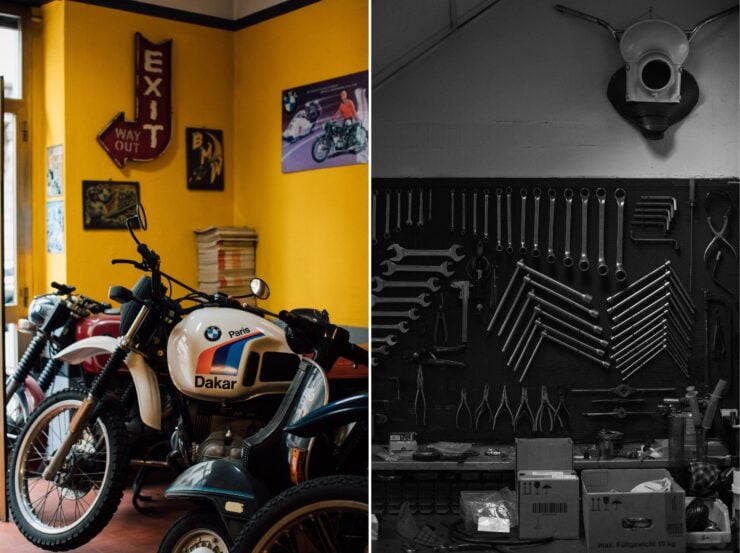
The conversation ended up, inevitably, on a delicate subject: ‘Cafe Racers’. The phenomenon is becoming very popular, and fits perfectly the previous riders differentiation as not everyone knows where ‘Cafe Racers’ come from, why the bikes were modified or the reason they’re called that way.
Eugenio‘s approach to it is very professional:
“I tend to preserve as much as possible the motorcycle’s historical value, trying to keep it close to the original standards. When I prepare a Cafe Racer it is because I can’t take the bike back to the original standards, but still I won’t modify the bike more than how we were modifying them in the 70s. I can make it lighter, faster and more pleasant to my client’s eyes, but I can’t transform it into something else.”
While we were talking, my eyes wandered around the many beautiful bikes parked and the pictures on the walls. One bike captured my attention more than anything else, it was a BMW R50S, which was also portrayed in an amazing black and white picture with a lady riding it.
Eugenio noticed my attention was drawn to them and unveiled an amazing story, linked to his youth when his mom and dad travelled Italy and Europe on summer holidays, or any available weekend, on an R50S, the one in the picture, until the 1968 when they decided to sell the bike, as little kid was on his way and a car would have been more appropriate for a larger family.
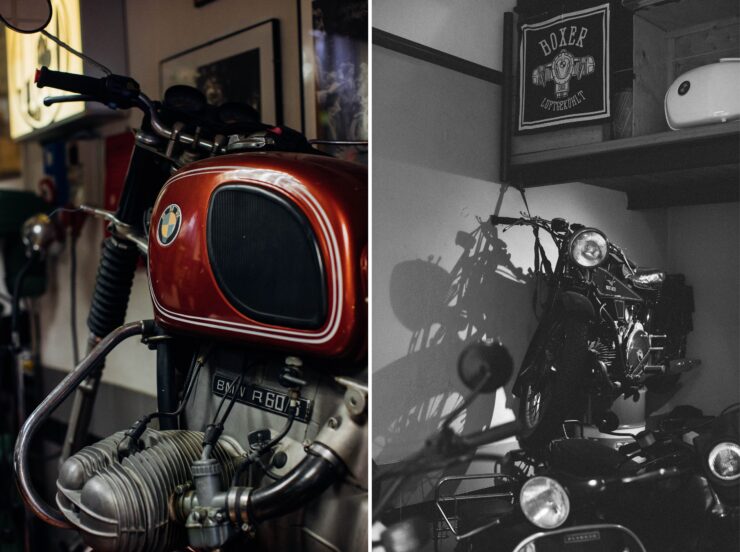
One last little tour, sitting on the bike tank, around the workshops’ neighborhood, and the young Eugenio will never see that bike again.
The following year, 1969, Motomaggioni opened its doors to the public, moving the workshop from the basement of the building he was living in to a commercial establishment facing the street. Many bikes came in and out of the workshop and in the Maggioni’s Family, but the BMWs had a special place in their hearts.
The BMW R50S has been built in limited numbers, only 1,634 units between the 1960 and the 1962. It was the R69S ‘little sister’, with 35 hp at 7,650 rpm and a top speed of 160km/h was a little unreliable compared to other bikes in the same range, reason why they decided to stop the production.
The story lands in 2010 when one morning, a friend of Eugenio stopped by the workshop to tell him the news about a BMW bike he got in heritage from a friend, which has been sitting in a barn for many years. It’s old and rusty but can be restored, he says.
“What kind of bike is it?” Eugenio asked,
“An R50S.” his friend replied. Eugenio’s heart gasped.
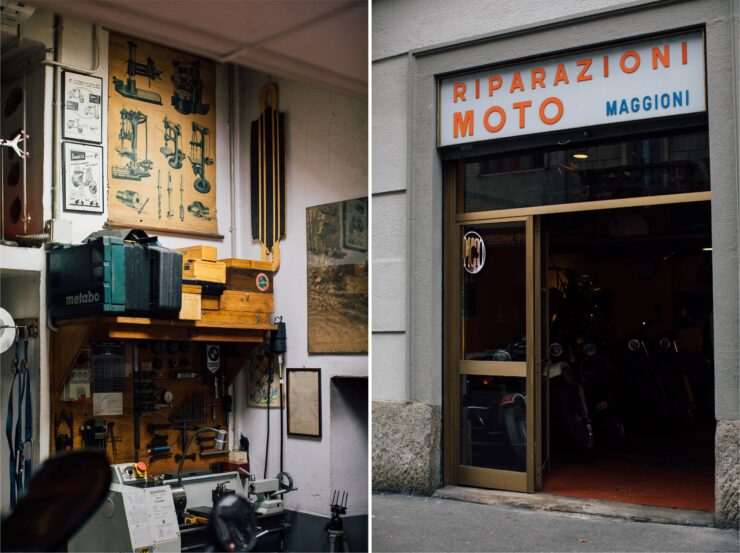
Finally, fast forward to 2019, one of the 1,634 BMW R50S built is now part of Maggioni’s family again. Eugenio starts a long process of meticulous restoration, no one more than him could give love and attention to the details to bring back historical standards and spiritual value to a bike that has been part of his life.
After a year of work, consultations and sweat to get the bike to his original shape, it was finally ready.
When he returned home after the first long ride on the R50S and parked on the curb in front of his workshop, the same curb where, together with his dad, he had that last ride sitting on the R50S tank, he felt peace.
Driving back home a quote from ‘Zen And The Art Of Motorcycle Maintenance’ (read years before) popped into my mind:
“You look at where you’re going and where you are and it never makes sense, but then you look back at where you have been and the pattern seems to emerge”, it seemed very appropriate.
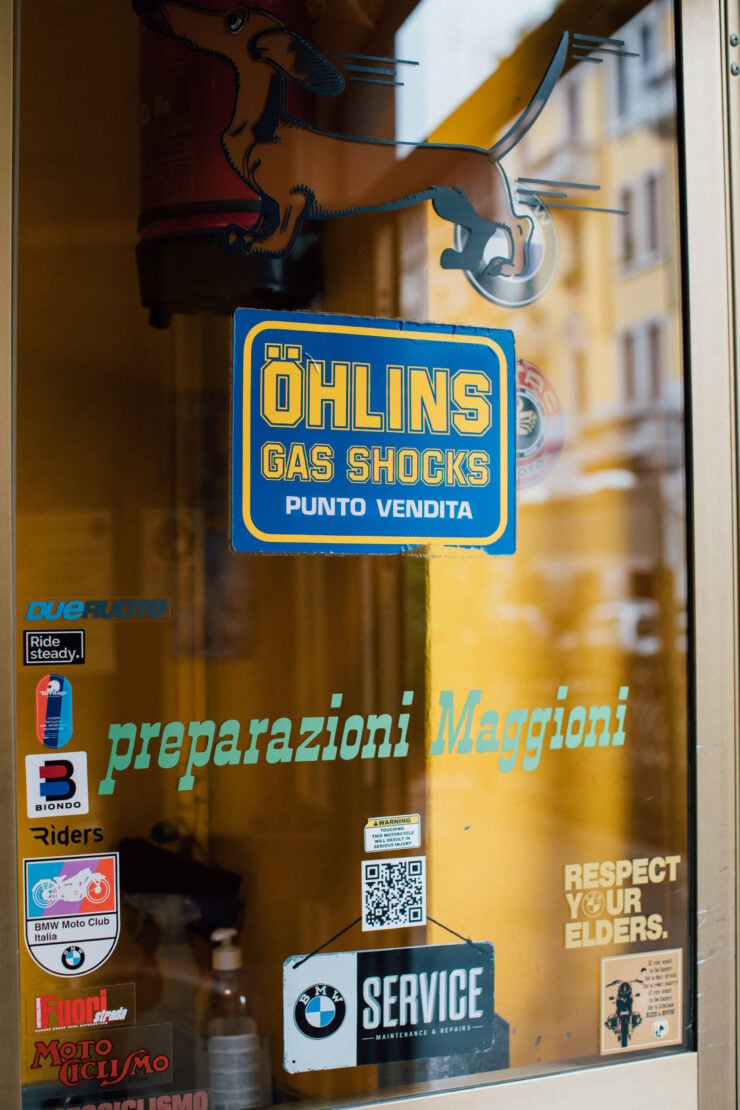
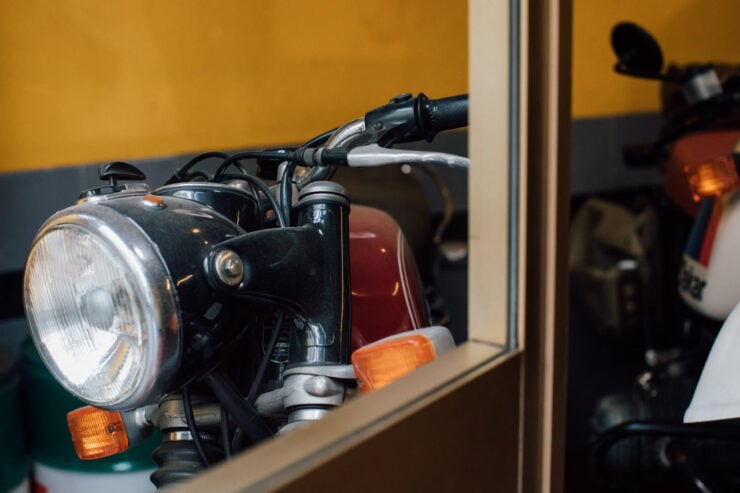
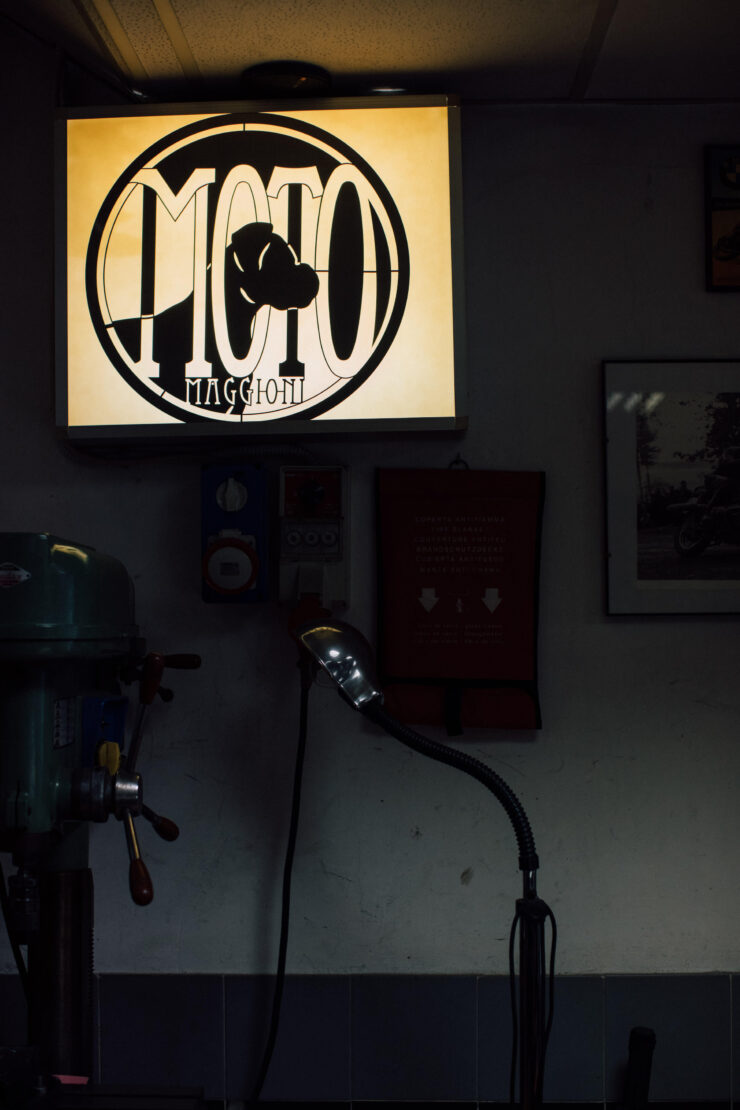

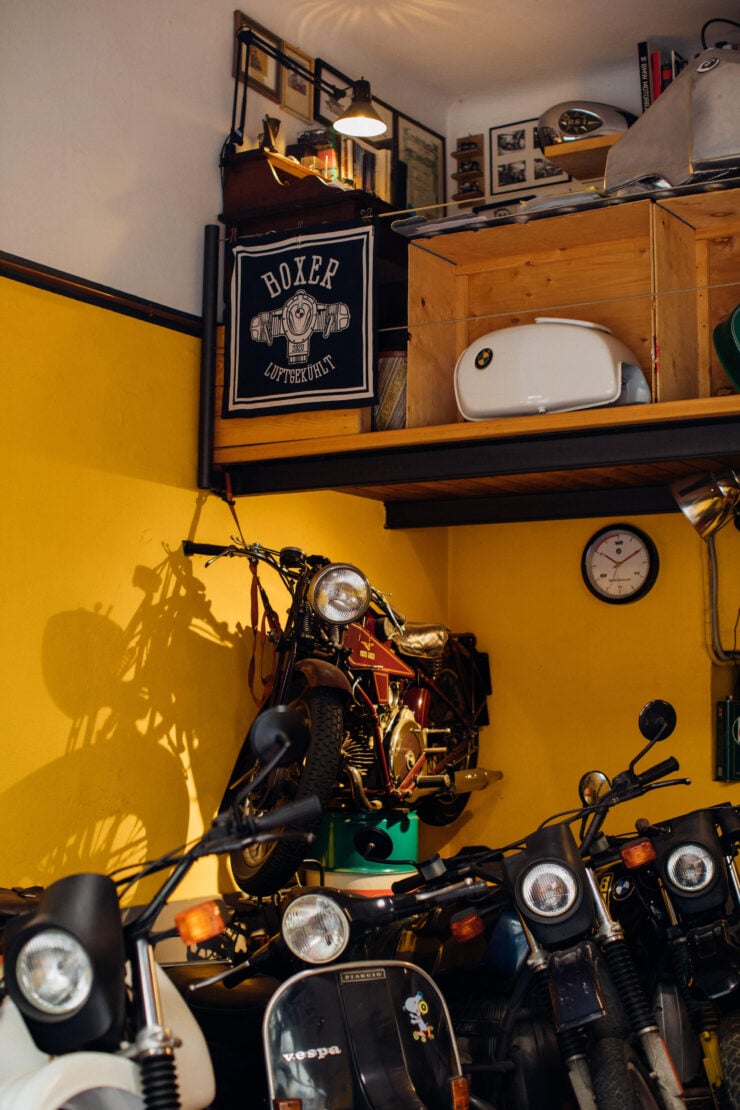
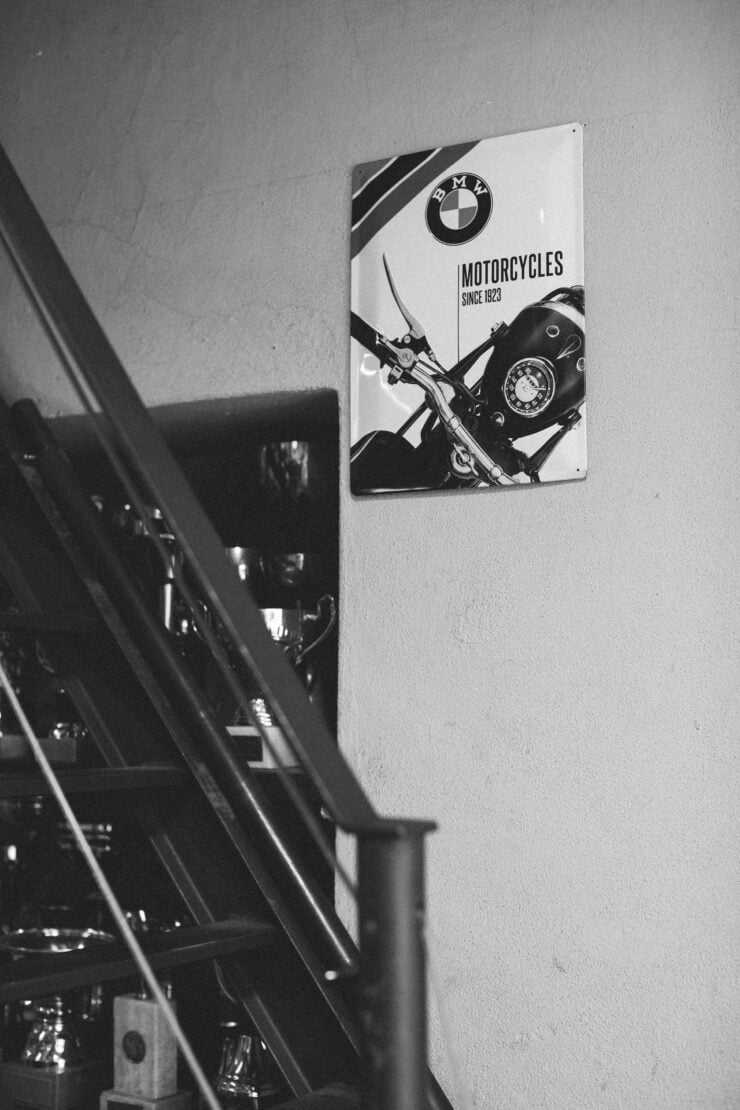
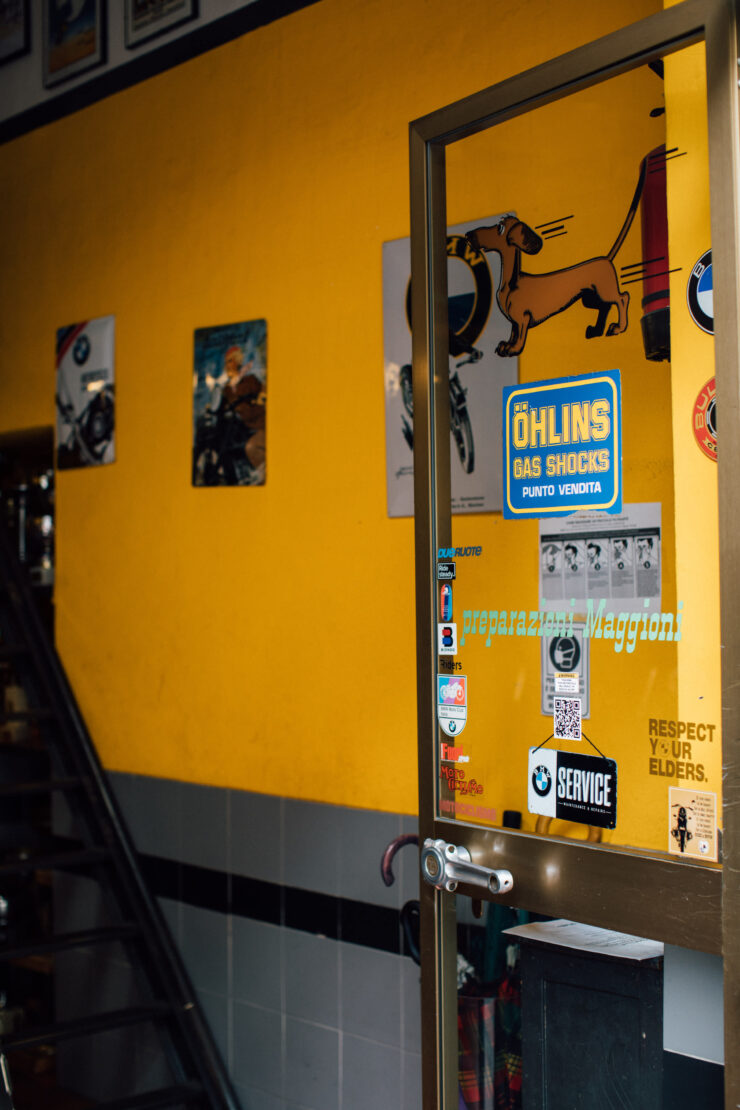
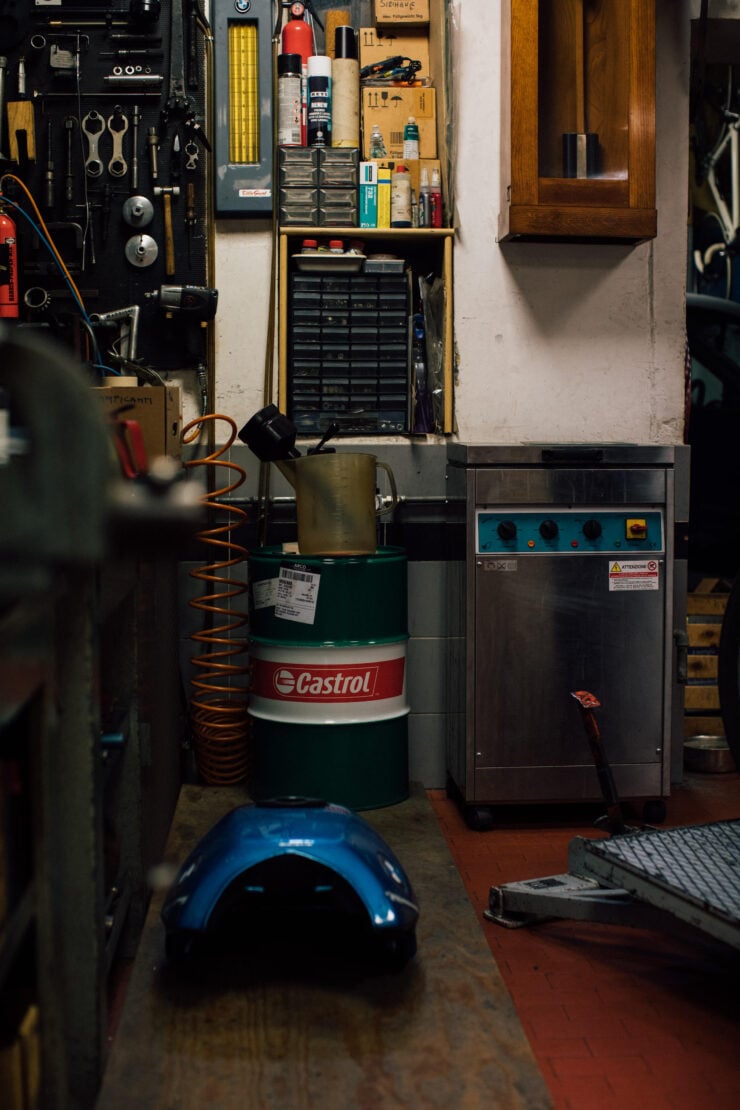
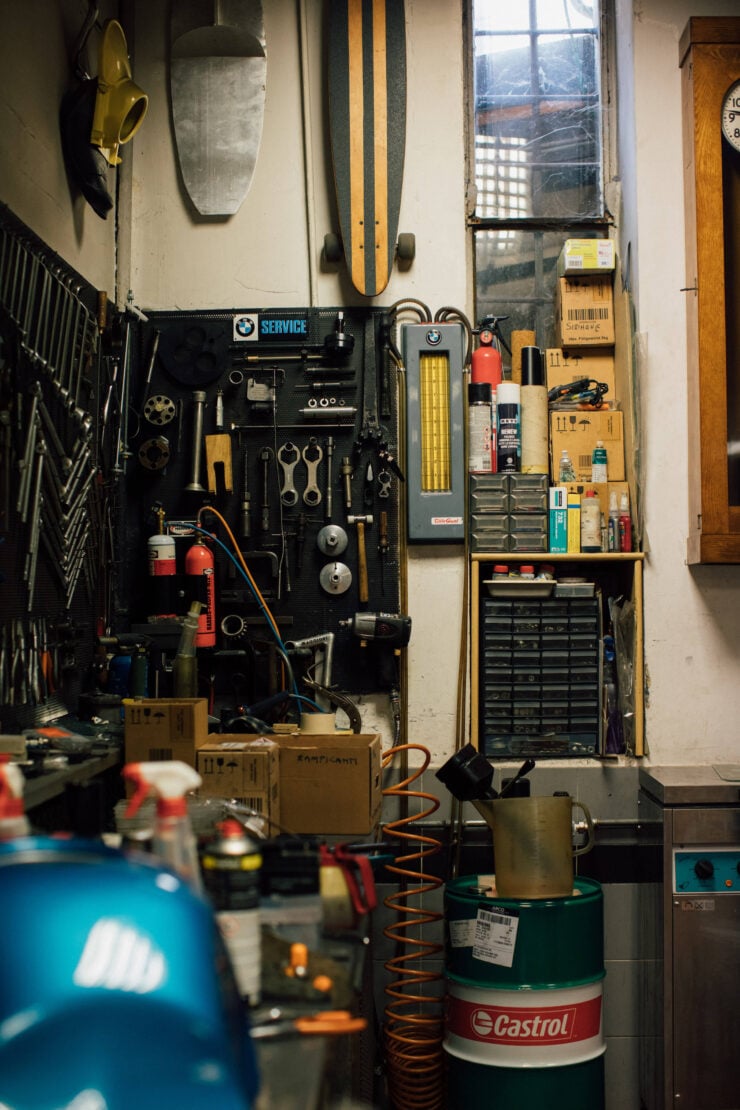
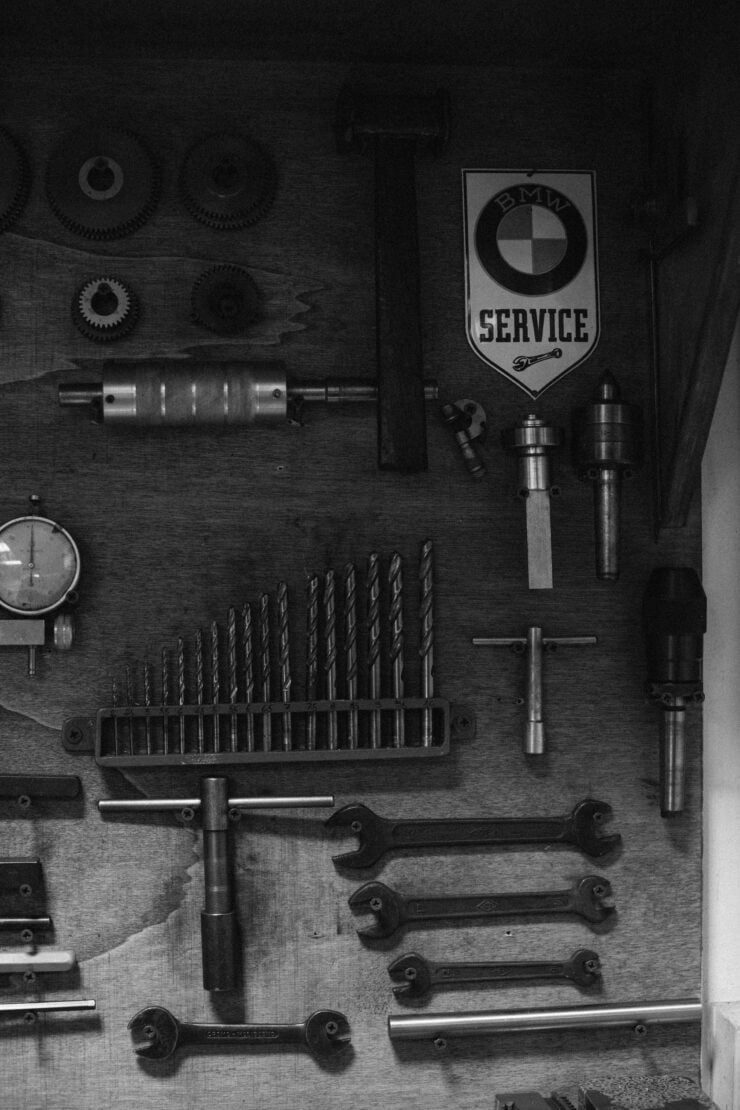
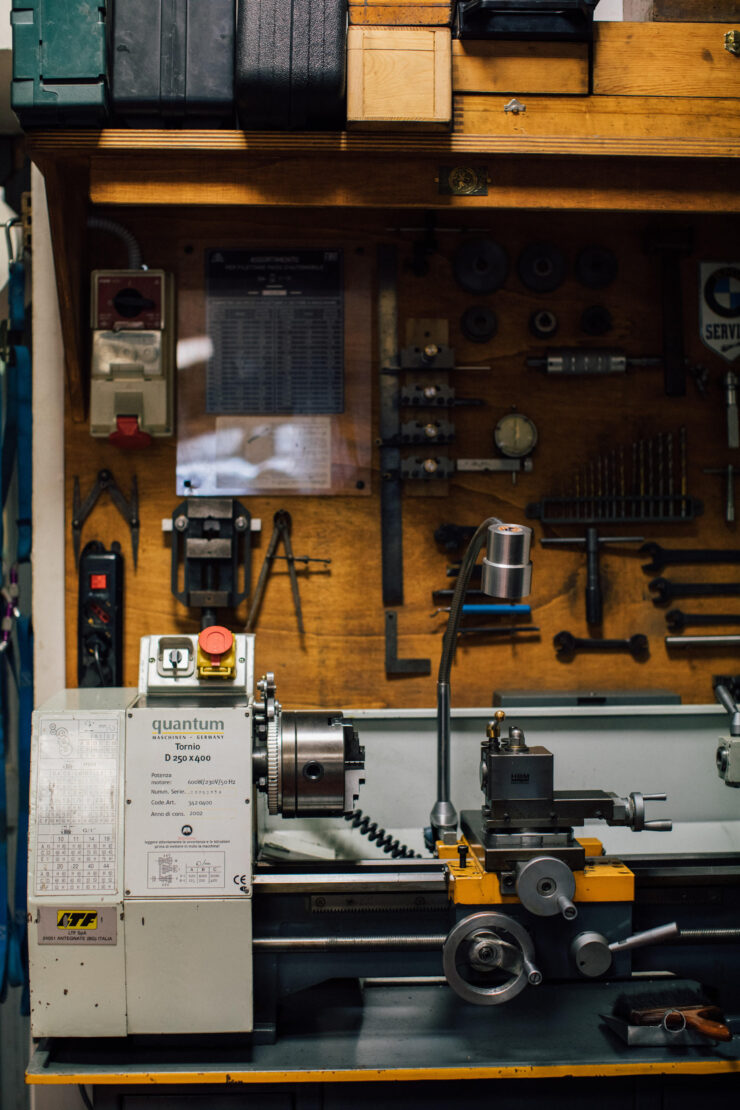
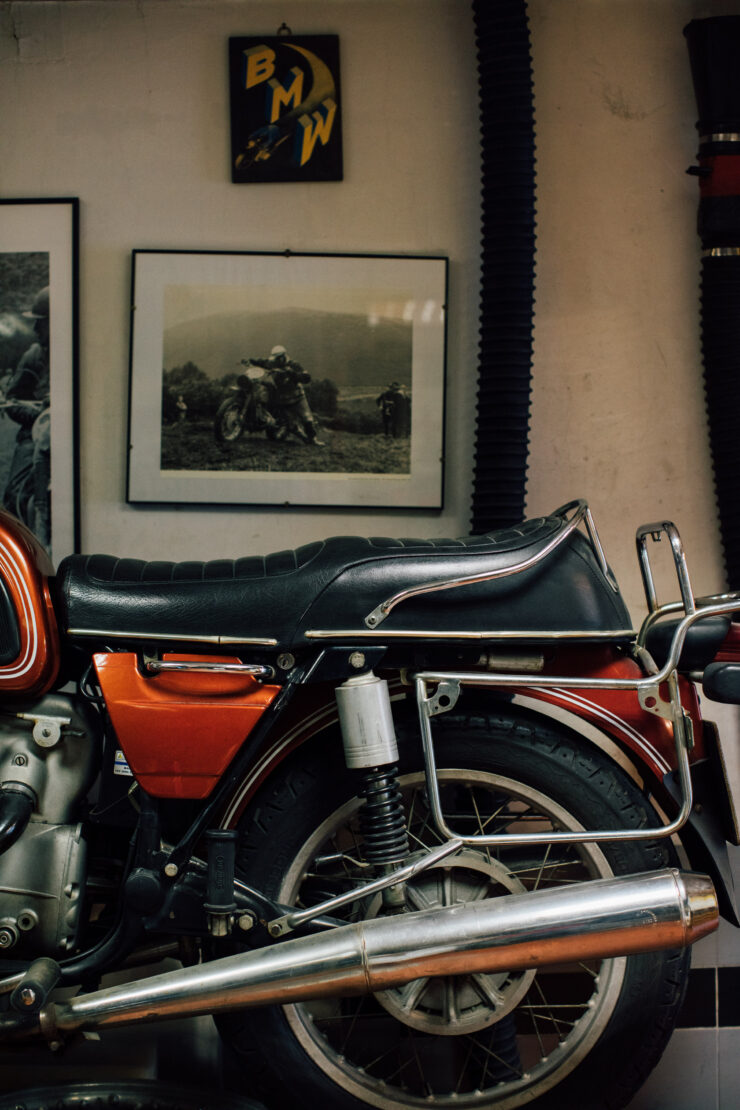
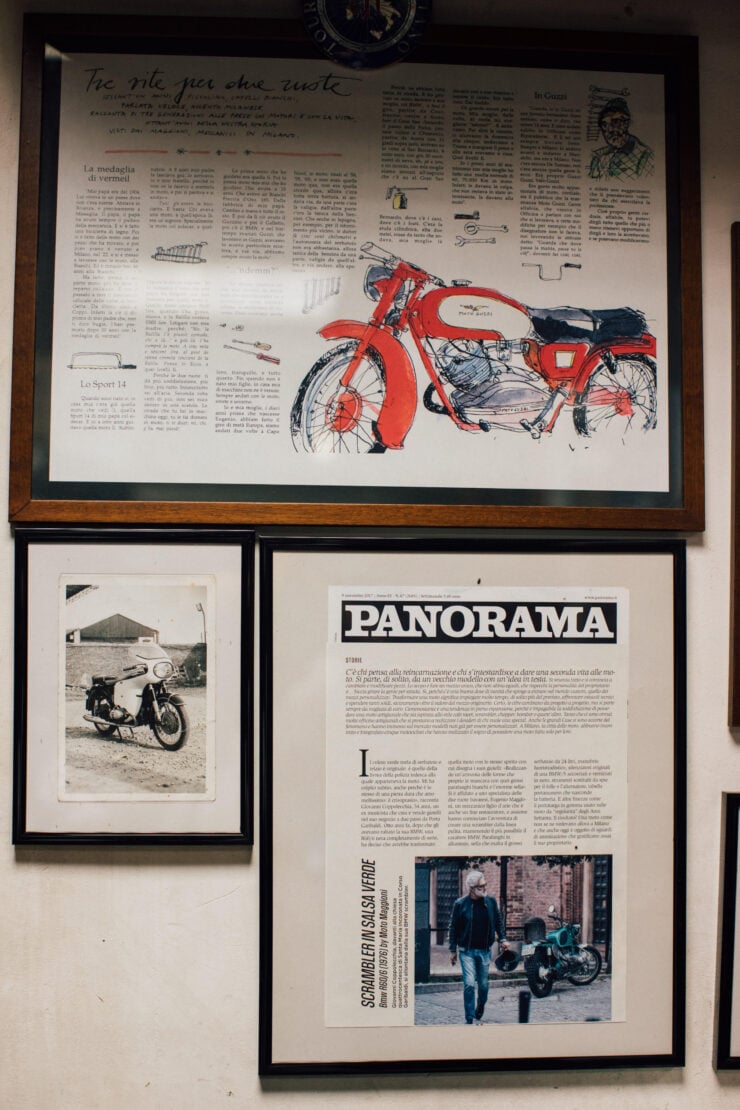
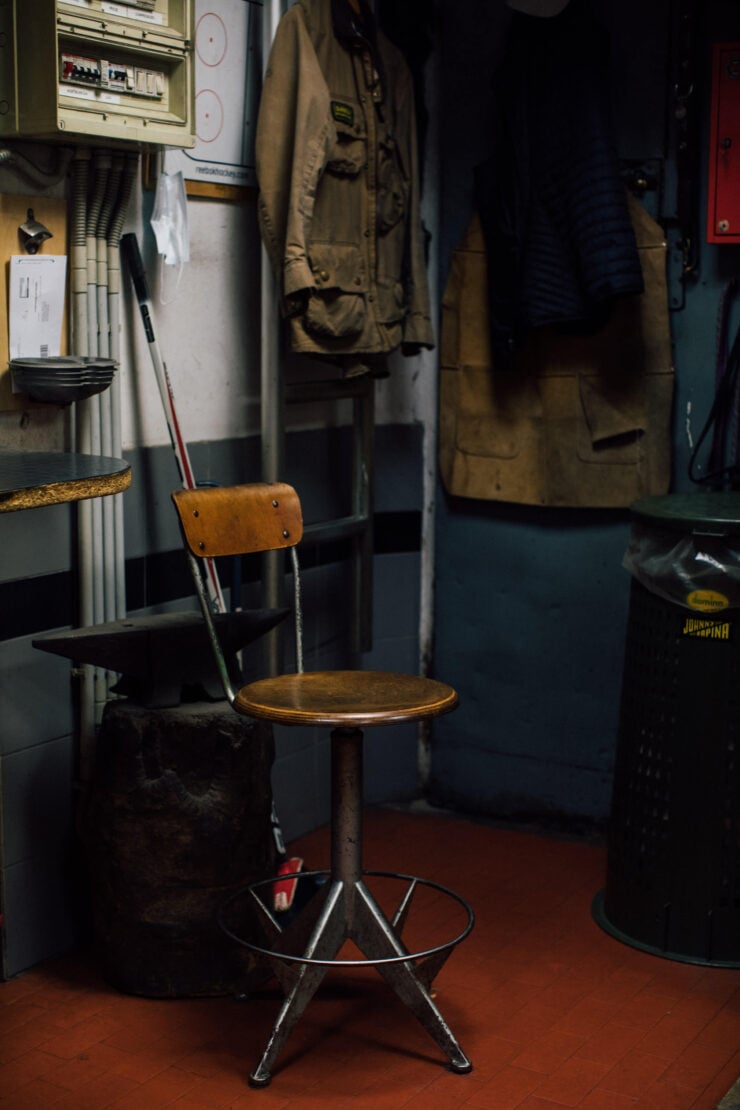

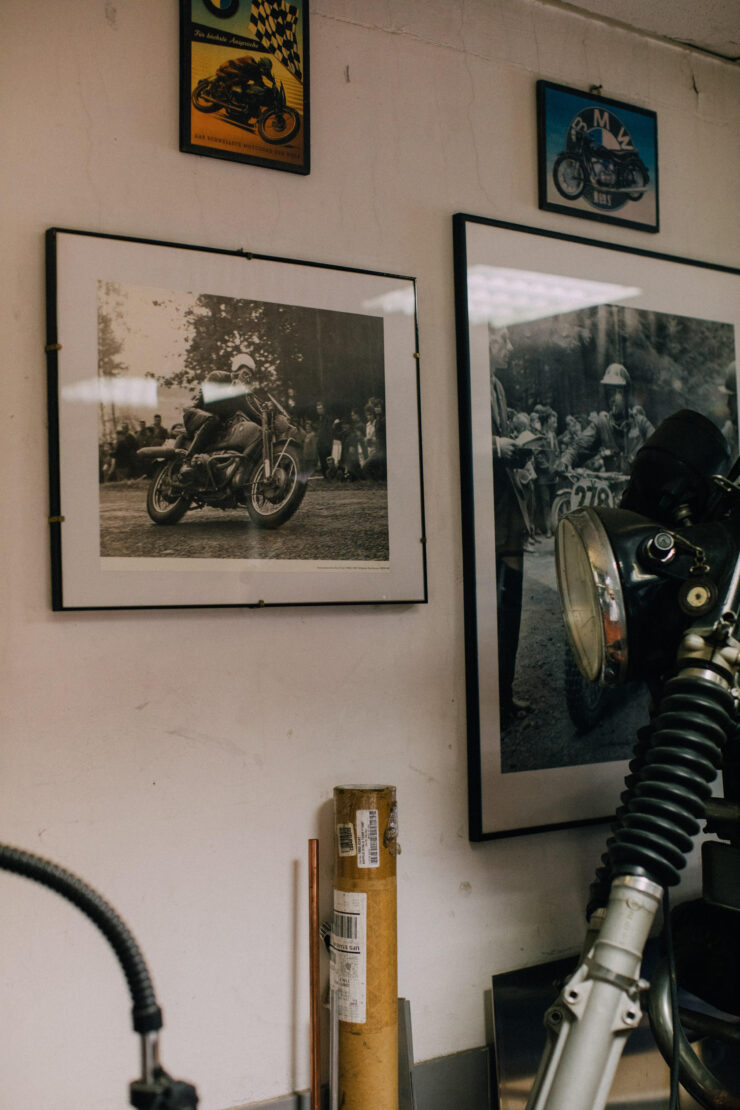
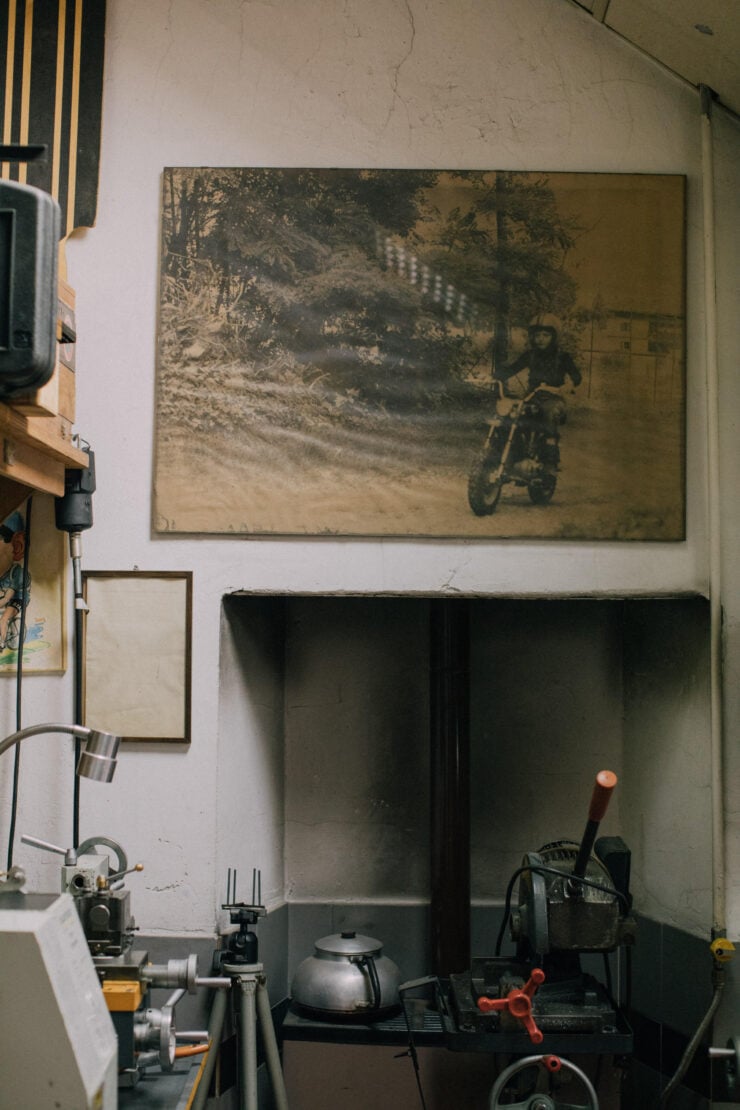
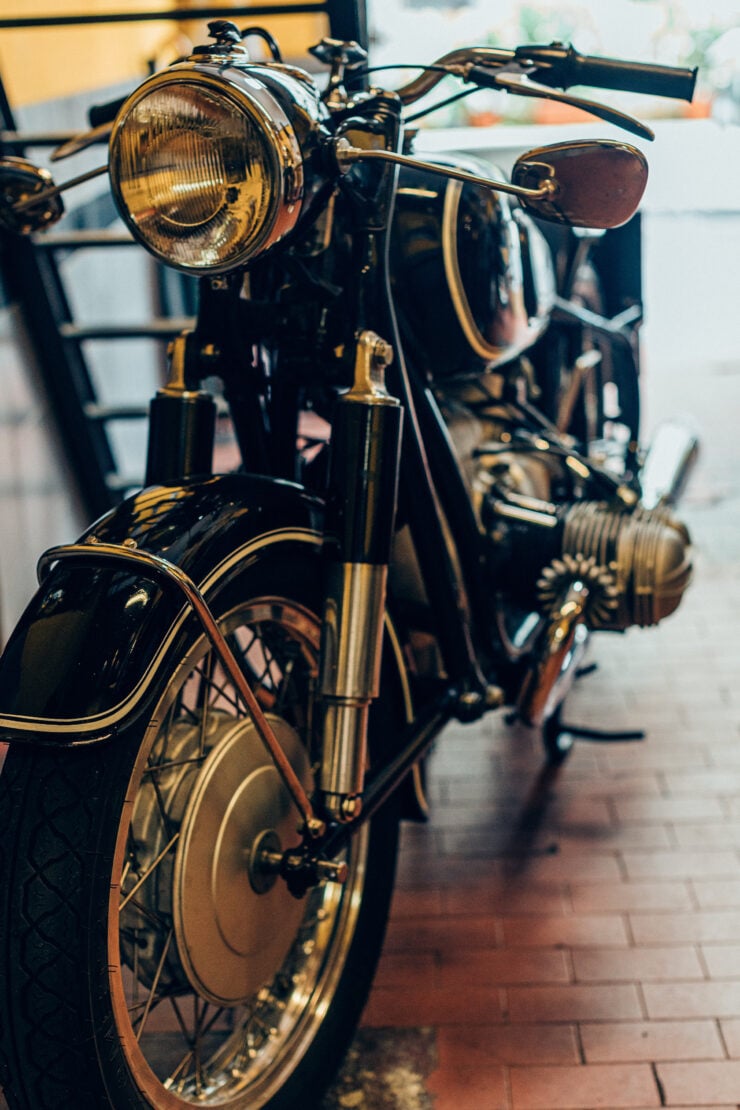
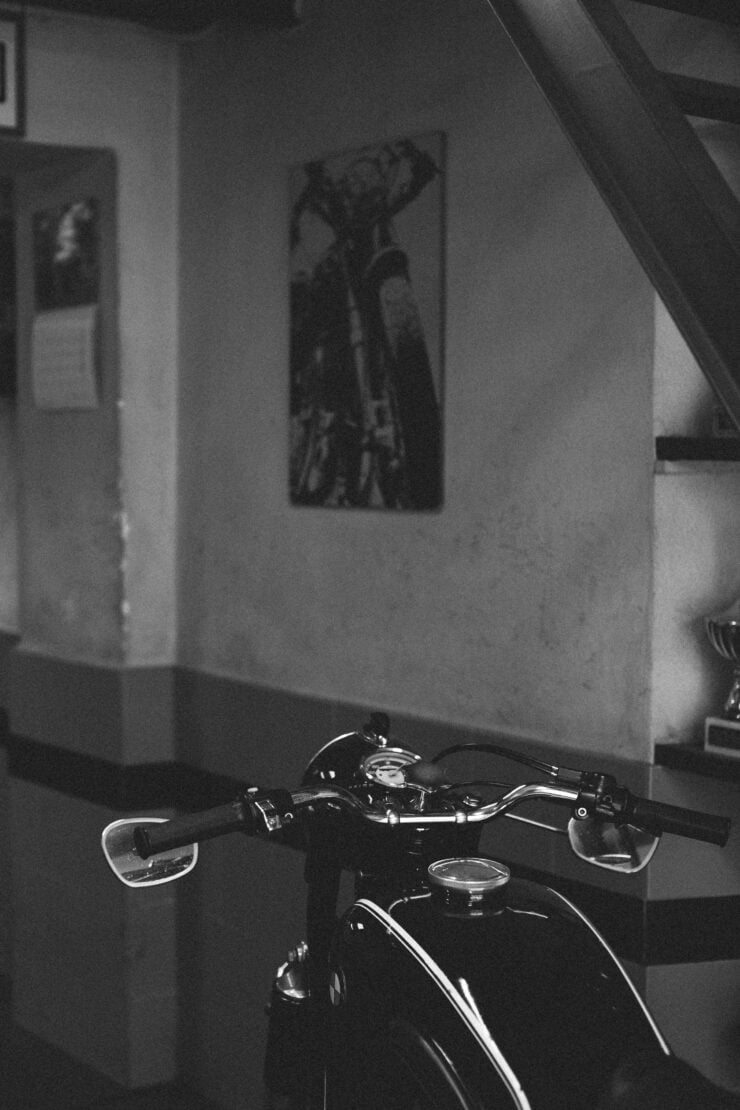
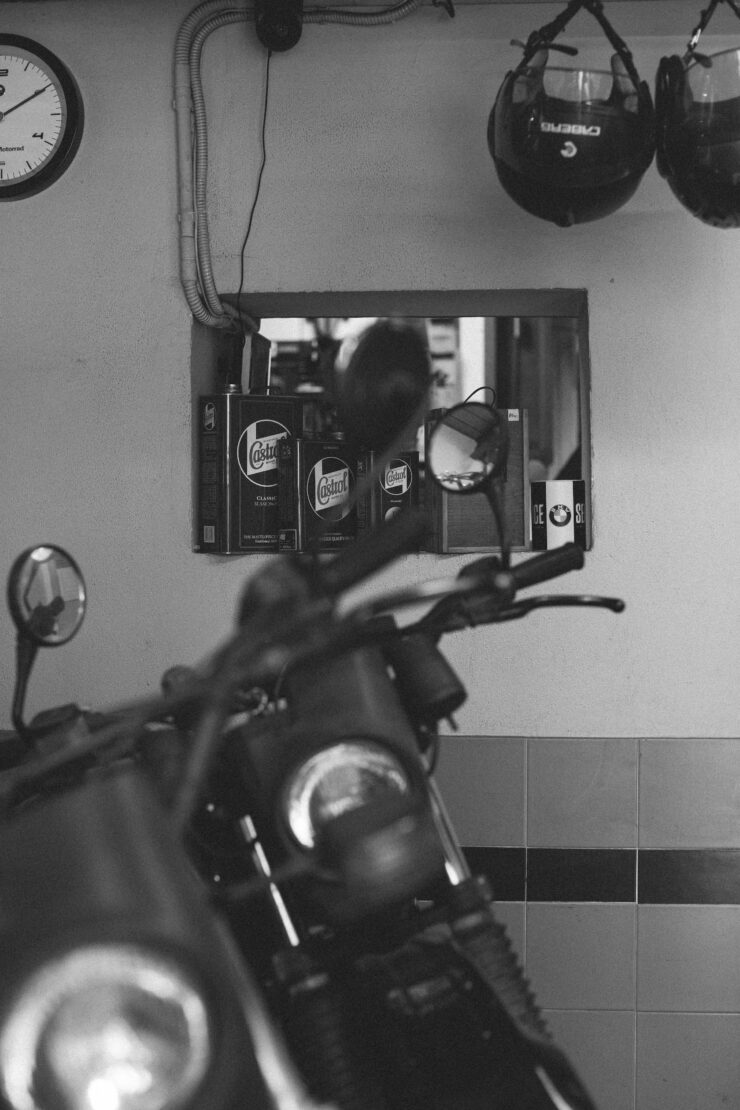
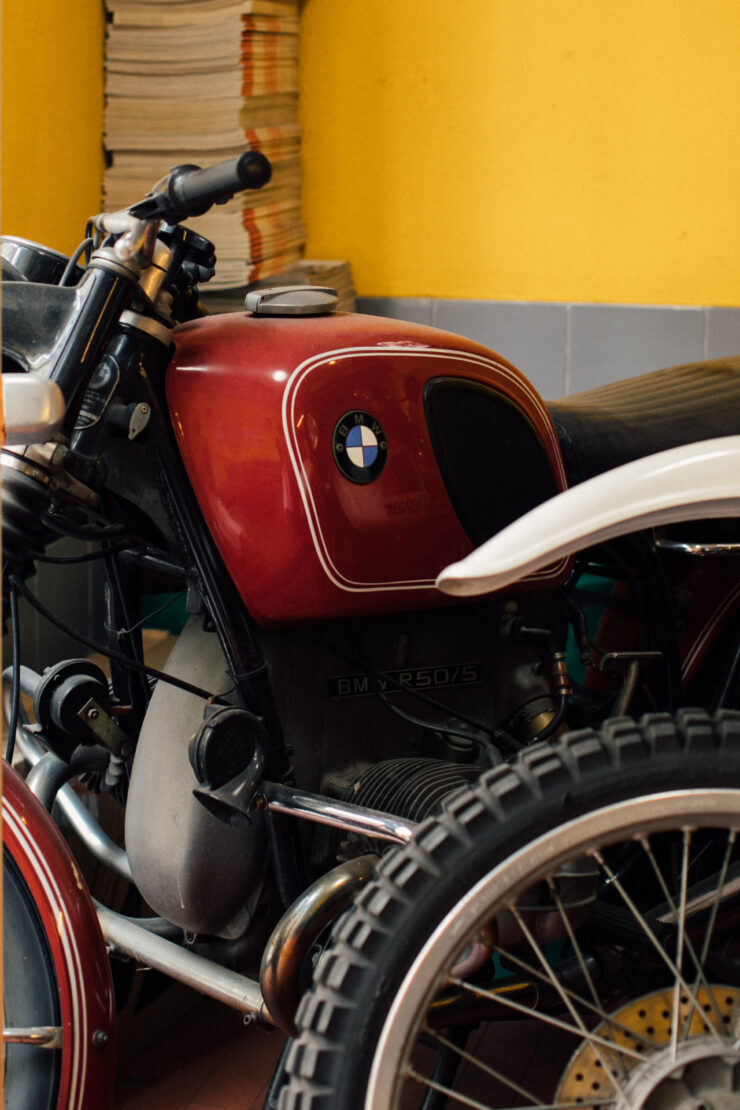
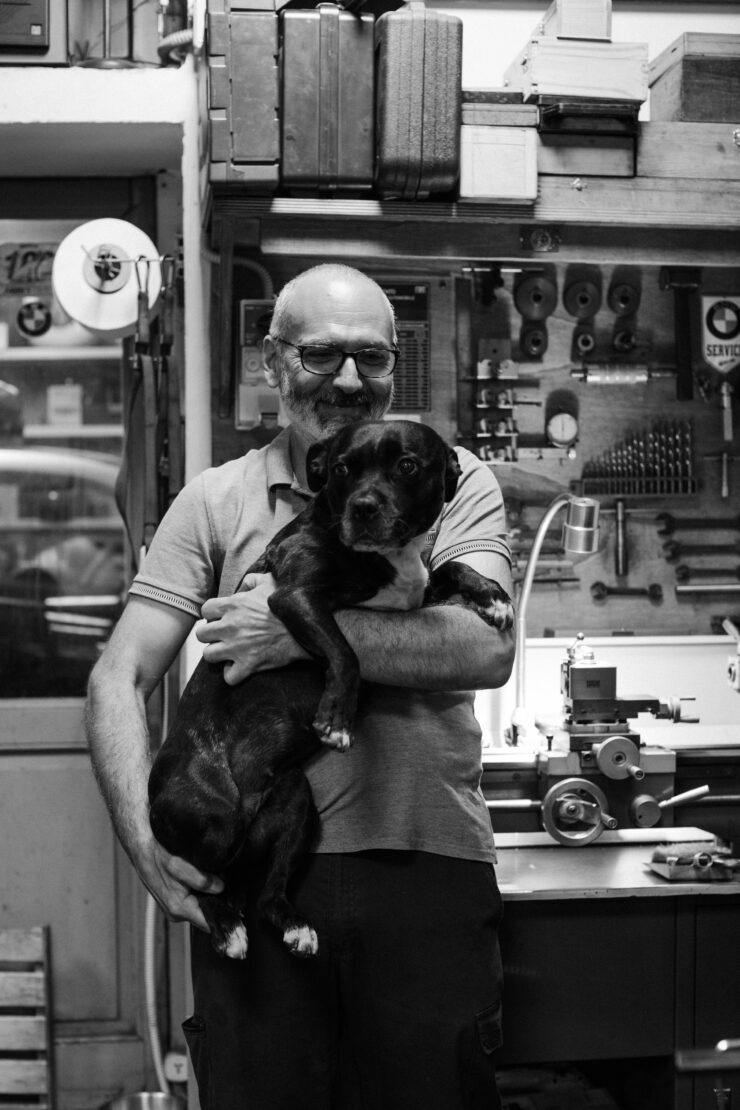
All images copyright 2020: Alessio Monteleone

